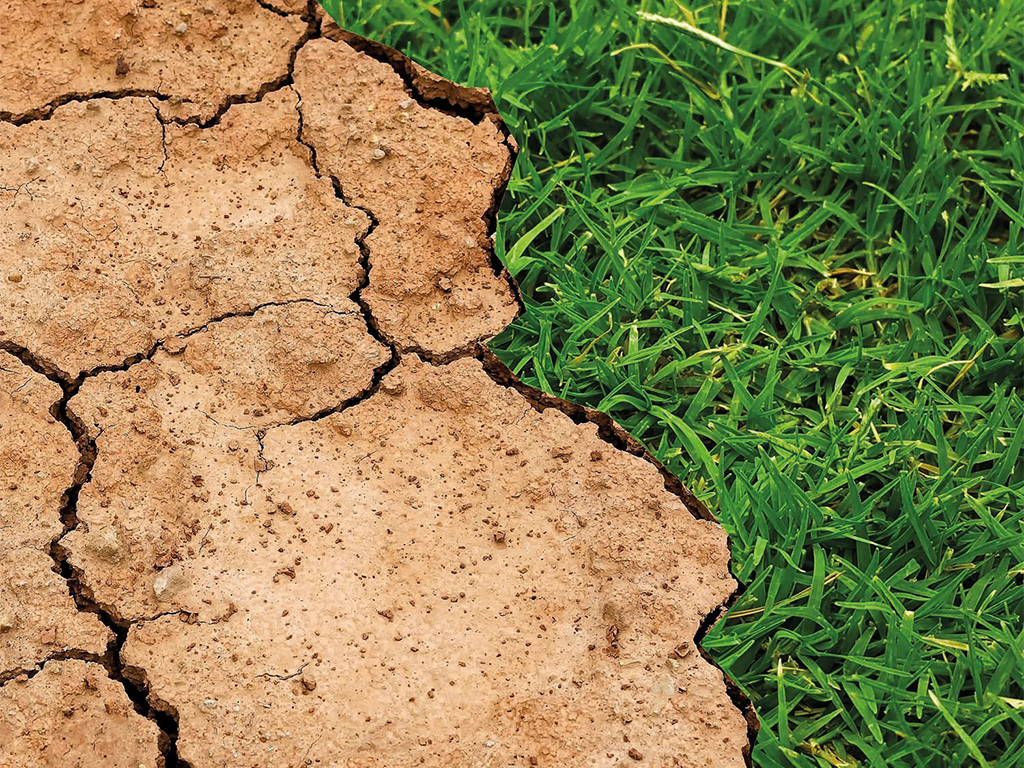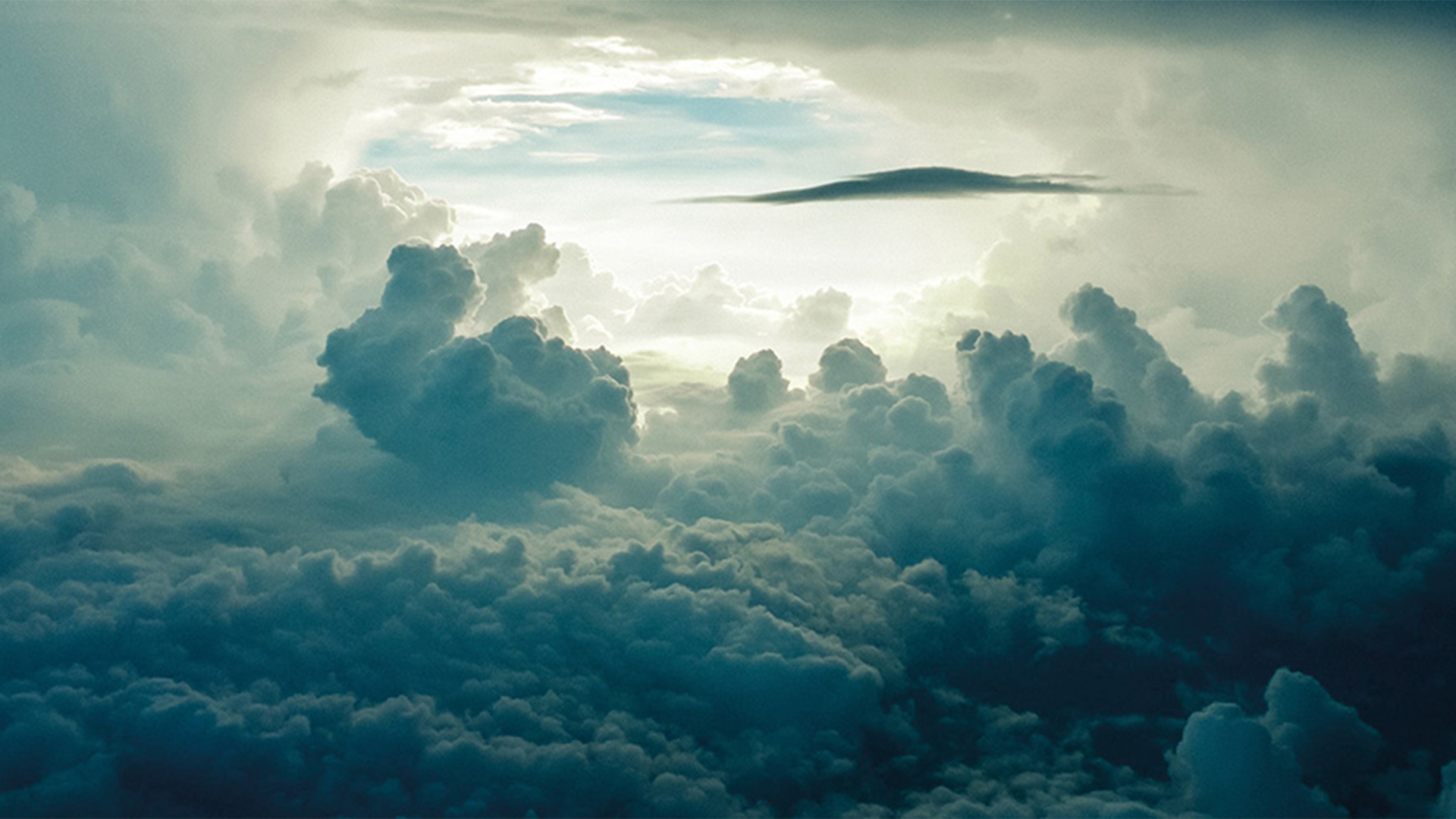 Geography
Geography


46502146 / 55501771
Climate Phenomena
Impact of El Nino on the Weather
Weather, atmospheric condition and climate must be clearly distinguished.
Weather describes the current state of the atmosphere surrounding us in a certain place.
That means that the weather may change by the day or even at hourly intervals, and that the weather on Earth differs considerably.
Our Earth is surrounded by a thick envelope of air which is composed of different layers. This envelope of air is called atmosphere.
The weather takes place in the lowest layer of the atmosphere, the troposphere. Due to the Earth’s gravity, it is the densest part of the atmosphere because it contains 80 per cent of the air and almost all gaseous water, which is the moisture bound in the air.
The driving force of all weather events and the constantly revolving masses of clouds and air in the troposphere is the sun.
Through light and heat radiation the sun provides energy and is like an engine powering our weather.
So the foundations of the weather are the warming sunrays, the water in its hydrological cycle and the air which surrounds us with its pressure balancing wind flows that mix and react with one another according to simple physical laws.
When these components are available in various amounts, elemental weather phenomena such as fog, clouds, rain, snow, wind, frost and sunshine are formed.
The weather often changes daily and sometimes even several times a day and is almost never the same everywhere.
So weather is the momentarily perceptible state of the lower atmosphere, the troposphere, in a specific place at a specific time.
In the course of a year, the large-scale weather pattern can also remain the same for some days or weeks. Typical characteristics of similar weather are called atmospheric condition.


Curriculum-centred and oriented towards educational standards
Matching
Mobile Learning II
Oh, what’s that? Original soundtrack Thissen: “As our children grow up in a media world and naturally handle the media, they should also be a topic in school.“ An older child says the point is that they don’t just load down apps but create things themselves that haven’t existed so far. Hi, I’m Jana. A propeller hat. I’ll put it on. Now I’m no longer a simple rhino, but a flying rhino. Original soundtrack Thissen: “It’s exactly the great flexibility of tablets that promotes very personalised and adapted learning.” Original soundtrack Welzel: “It’s fascinating to see how the children grow with their products and how they always want to improve them.” The Westminster Abbey is a church in London for the royal family. Original soundtrack Welzel: “And?“ They think it is ok.
The Daily Newspaper
Every day, there is a surge of news reaching us via different news channels. In spite of TV and Internet, the daily paper still is one of the most important main sources of news. But how is a newspaper created? The film shows the production of a paper in the course of one day. Starting with the editorial meeting in the morning, in which the topics and deadlines are determined, the film accompanies a journalist during her research work. You can see how a journalistic interview is conducted and what the photographer must consider when taking a press photo. Back in the editorial office, the editor’s work is illustrated, which includes the page layout and the writing of an online article in today’s time. Impressive pictures from the printing centre depict the process from the digital page to the finished newspaper. Together with the comprehensive accompanying material, the DVD is perfectly suited for use at school
Copyright
Copyright is subject to constant change to keep up with technological advances. This film enables the viewer to grasp the basic principles of this extremely intricate matter. By way of introduction, the film defines what an author is, what kinds of works there are and how long a work is protected on principle. Then the fundamental rights of an author are cited and it is shown how these are exploited in our times. In the third chapter, the respective rights are illustrated by way of practice-oriented examples of books, photos, music and films. Here, of course, an emphasis is laid on the field of education, taking into account the latest case law within the EU and Austria in particular. A further chapter highlights the problems arising with the Internet and goes into the citation law and pirate copies. All in all, in this way the viewer is made familiar with the most important basic terms and their meanings. Comprehensive worksheets and additional accompanying material invite us to deepen our knowledge of the subject.









